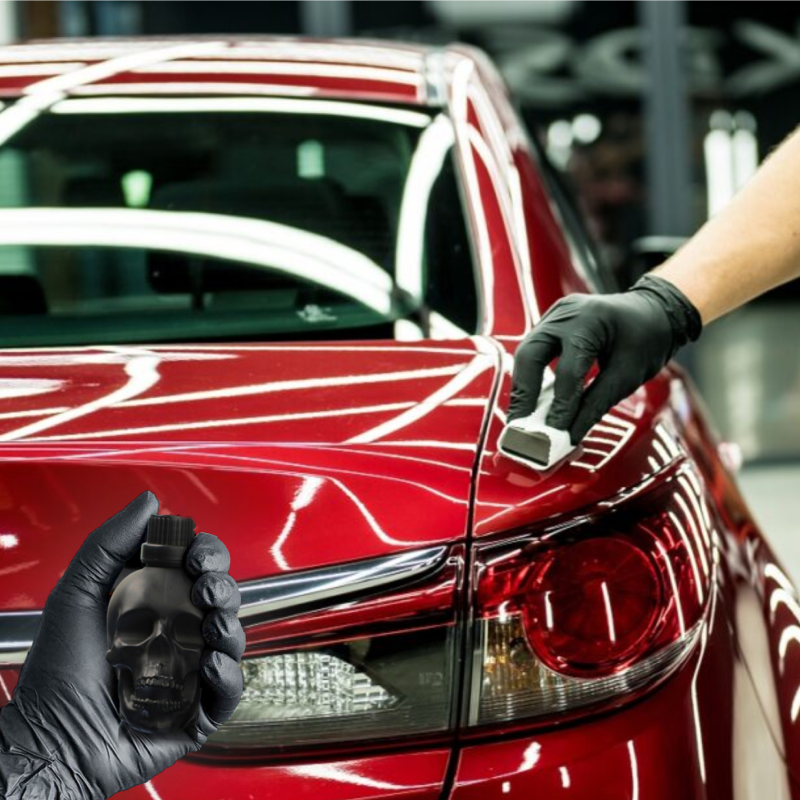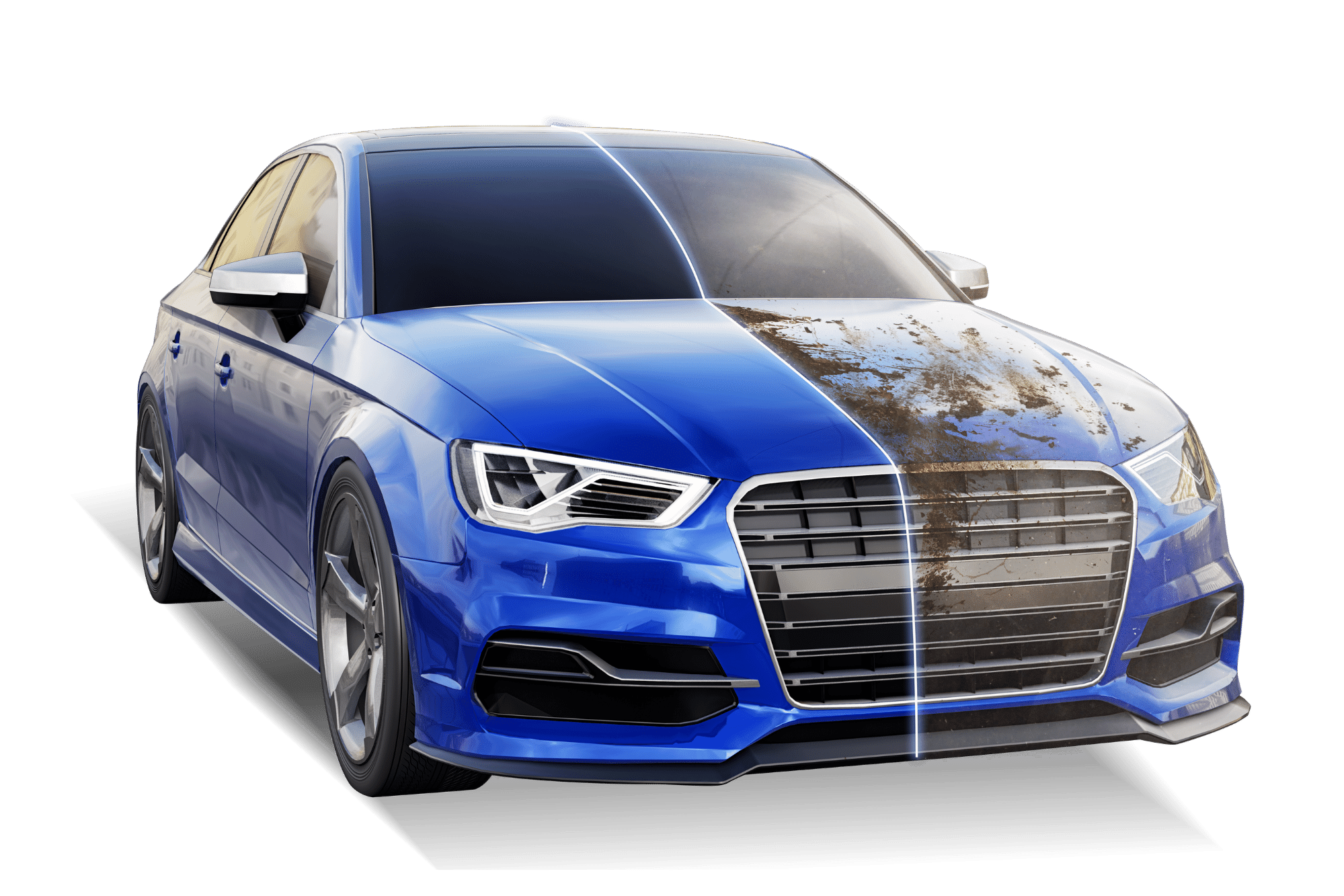Experience fast scratch repair Sarasota for a restored vehicle finish.
Experience fast scratch repair Sarasota for a restored vehicle finish.
Blog Article
A Comprehensive Overview to the Sorts Of Ceramic Finish on the marketplace
Ceramic layers have arised as a pivotal solution throughout numerous markets due to their one-of-a-kind residential or commercial properties and applications. As we check out the distinctive characteristics and applications of these coverings, the implications for performance and longevity end up being significantly apparent, elevating concerns about which kind may finest fit your needs.
Understanding Ceramic Coatings
Ceramic finishings are sophisticated safety services that have gotten popularity in numerous markets, particularly in automotive and aerospace applications. These finishings are composed of a fluid polymer that, when treated, creates a sturdy, hydrophobic layer on the surface area of the substratum. This layer gives boosted resistance to environmental pollutants, UV radiation, and chemical exposure, therefore expanding the life and aesthetic allure of the underlying material.
The fundamental component of ceramic coatings is silica, which contributes to their hardness and sturdiness. The application process typically entails surface area preparation, application of the finish, and treating, which can be achieved via heat or UV light. When cured, ceramic coatings display phenomenal bonding residential properties, enabling them to stick highly to a selection of surface areas, including steels, plastics, and glass.
Along with their safety attributes, ceramic finishings also supply simplicity of upkeep. Their hydrophobic nature reduces the adherence of dust and grime, making cleansing less complex and much less regular. On the whole, the fostering of ceramic finishings represents a substantial development in surface security modern technology, giving both functional and aesthetic advantages throughout several fields.
Sorts Of Ceramic Coatings
Numerous types of ceramic coatings are available, each designed to meet specific efficiency demands and applications - Paint Protection Film. One of the most typical types consist of:
Silica-based Coatings: These layers mostly are composed of silicon dioxide and are known for their sturdiness and chemical resistance. They are widely used in automotive and industrial applications.
Titanium Dioxide Coatings: Prominent for their photocatalytic residential properties, titanium dioxide finishings are typically used in settings where self-cleaning and antifungal residential properties are desirable, such as in structure materials and vehicle finishes.
Zirconia Coatings: Identified by their high-temperature stability and thermal resistance, zirconia layers are made use of in applications such as wind turbine engines and high-performance automobile components.
Alumina Coatings: Displaying excellent hardness and thermal stability, alumina coverings are regularly used in wear-resistant applications, including cutting devices and commercial machinery. - Car Detailing
Crossbreed Coatings: Incorporating the homes of numerous products, hybrid finishes offer boosted performance features, making them appropriate for one-of-a-kind and demanding applications.
Each kind of ceramic coating offers unique purposes, enabling individuals to select the most ideal remedy based upon particular environmental conditions and efficiency demands.
Benefits of Ceramic Coatings
Coatings play a vital function in improving the performance and longevity of surfaces throughout numerous markets. Ceramic layers, in particular, offer many benefits that make them significantly popular among manufacturers and consumers alike. One of the primary benefits is their extraordinary durability. These coatings are immune to scrapes, chemicals, and UV rays, making sure that the underlying surface remains secured in time.
Along with durability, ceramic layers give exceptional hydrophobic residential or commercial properties, allowing for very easy cleaning and upkeep. This water-repellent nature minimizes the adherence of dust, crud, and various other contaminants, which can lengthen the aesthetic charm and capability of the surface. Additionally, ceramic why not try these out finishings can dramatically boost thermal resistance, making them excellent for applications that withstand heats.

Application Refine
When applying ceramic coverings, a careful strategy is necessary to attain optimal outcomes. The application procedure typically starts with complete surface preparation. This entails cleaning, sanitizing, and brightening the surface to remove all pollutants, consisting of dust, oil, and prior waxes or sealants. A clean surface area ensures correct adhesion of the layer.
Once the surface is prepped, the following action is to apply the ceramic layer. The finish needs to be applied in thin layers, as thicker applications can lead to unequal surfaces.
After application, the finish requires a particular treating time, normally ranging from a few hours to a complete day, depending upon the product. Throughout this moment, it is crucial to avoid direct exposure to moisture or pollutants. Lastly, a gentle buffing may be needed after healing to enhance the gloss and get rid of any type of high spots. Adhering to these actions carefully will take full advantage of the performance and durability of the ceramic coating, offering a resilient protective layer for the surface area.
Upkeep and Longevity
To guarantee the longevity and effectiveness of a ceramic finishing, regular maintenance is important. Ceramic coatings, understood for their durability and safety top qualities, need particular treatment routines to maximize their lifespan and performance.
In enhancement to routine cleaning, regular examinations are essential. Search for signs of wear or damage, such as hydrophobic residential or commercial properties diminishing or surface blemishes. If needed, a light gloss might be put on rejuvenate the coating without stripping it away.
In addition, the application of a booster spray can boost the finish's hydrophobic results and restore its gloss. This is specifically useful for coatings that have actually been in usage for an extended period. Eventually, by sticking to these maintenance practices, one can dramatically expand the life of a ceramic layer, guaranteeing that it proceeds to Car Detailing give optimal security against ecological variables and maintain the visual appeal of the car.
Conclusion

Report this page